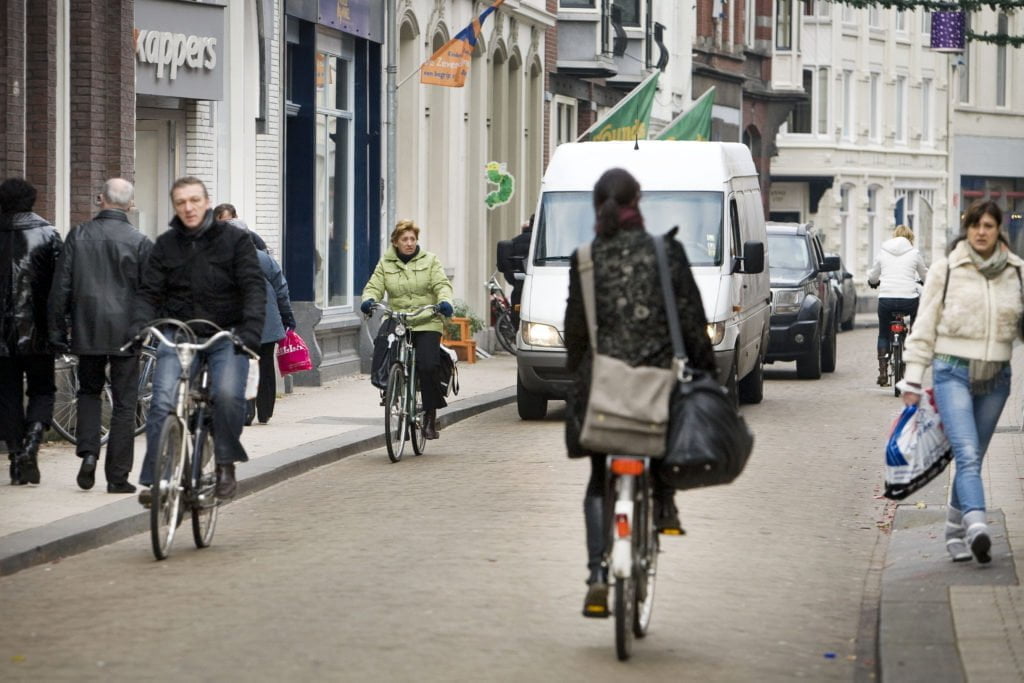ECF: What can Europe learn from drastic falls in air pollution?
Air pollution levels have fallen up to 50% in many European cities, according to the latest figures published by the European Environment Agency (EEA). This significant decrease in air pollutant concentrations is largely due to reduced traffic, especially in major cities under last lockdown measures. The COVID19 crisis has highlighted the direct connection of air pollution to mobility.
The EEA data only confirms what the Copernicus Satellite first reported in China: a few days without traffic is enough to significantly increase air quality. Since other NO2 sources such as home heating or public transport have continued to operate, the sharp air pollution reduction seems to be mainly related to decreased road traffic. A quick shift in the mobility paradigm during the quarantine has been enough to solve the air pollution problems of entire regions.
Many Europeans are discovering the potential of cycling these days since its the safest means of moving around the city. Indeed, cycling has become increasingly safe as the number of motorised vehicles on the road has been cut dramatically. Cycling also automatically keeps people at the social distance recommended by virologists. It is said that nothing will be the same after COVID19, can the EU then come back to a mobility model with such costs for European lives?
In this article from the European Cyclists' Federation, questions are asked about what lessons can be learned for the future of transport in cities. You can read the full article here.
 Nederland, Tilburg, 03-01-09
Fietser in het verkeer.
© Foto Merlin Daleman
Nederland, Tilburg, 03-01-09
Fietser in het verkeer.
© Foto Merlin Daleman